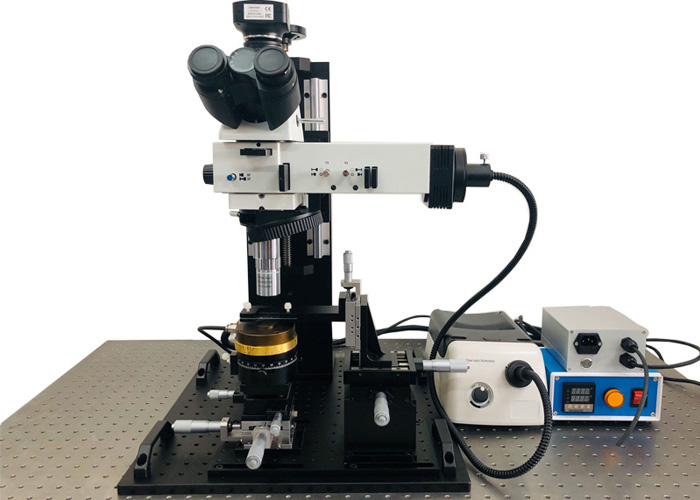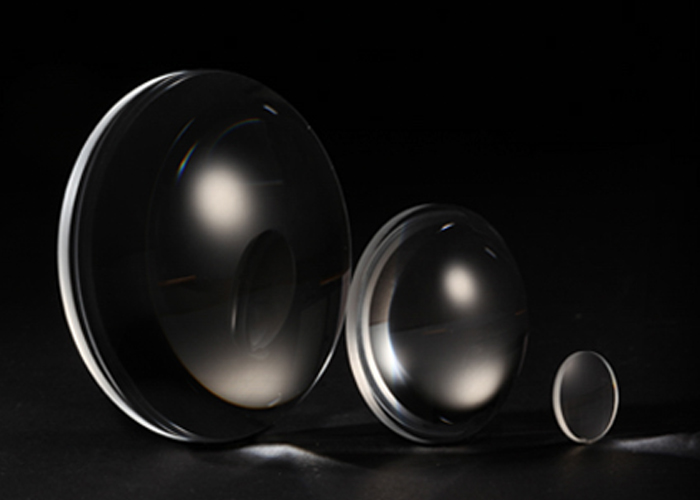An optical microscope, as its name implies, is an optical instrument that uses optical magnification to display the microstructure of an object. It is composed of one or more lenses combined. Microscope imaging is a kind of art of light. When combined with various light sources, different types of images can be formed, and various types of microscopes have evolved.
1. Monocular Biological Microscope
In the early days of the development of microscopes, optical technology was not developed. The microscopes made at that time were designed with a single optical path straight tube, and could only use one eyepiece for observation, so they are often called monocular microscopes.
Monocular microscopes are limited by the electronic, mechanical, and information technologies at the time, and usually have the following characteristics:
①Use reflector to reflect natural light to provide illumination.
②The coarse and fine quasi-focus spiral adopts a separate handwheel.
③The stage is a single-layer structure and cannot be moved.

2. Binocular biological microscope
Since one eye needs to be aligned with the eyepiece when using a monocular biological microscope, long-term observation is very easy to fatigue. The emergence of electric lamps has greatly improved the illumination of the microscope, especially the brightness of the light source is sufficient and the brightness can be continuously improved, so that people can use the beam splitter to divide the light signal from the objective lens into two so that the user can pass through two Observation by the eyes will greatly reduce the burden on the eyes and improve the comfort of use. Therefore, this type of microscope is also called a binocular biological microscope. In addition to the binocular observation tube, the binocular biological microscope has benefited from the development of optics, electronic technology, and mechanical technology at that time, which has greatly improved the overall microscope.
The development of microscopes to this stage is a period of the rapid development of optical technology, especially the use of controllable electric lamps to replace natural light so that the use of microscopes is no longer affected by the natural environment and geographical location. In addition, due to the diversification of electric lamps, the use of various filters, and the advancement of optical technology, various types of microscopes such as fluorescence microscopes, metallurgical microscopes, polarized microscopes, and inverted microscopes are available.
3.Two-dimensional material transfer microscope
The current microscope, a two-dimensional material transfer microscope is mainly used to identify and analyze the internal structure of materials and metals. It is an important tool for materials and metal physics to study metallography. The camera equipment selected by this instrument can take all the multiple photos required by the metallographic atlas, which is suitable for factories, mines, colleges and universities, scientific research departments, etc.
Combined with the three-eye observation tube, it can provide users with multiple image acquisition modes according to their needs, such as digital photography professional digital CCD, high-definition DV, and professional metallographic analysis software modules.
Features of two-dimensional material transfer microscope
1. All optical components are specially treated and coated.
2. Flexible and compact structure, suitable for microscope observation in various environments.
3. Professional objective lens with long working distance, high-power objective lens adopts half cancellation technology. The long working distance objective lens is convenient for scientific research and experimental operation.
4. Clear and high contrast microscopic images can be obtained under various observation methods.
The above information is provided by the microscopes supplier.













